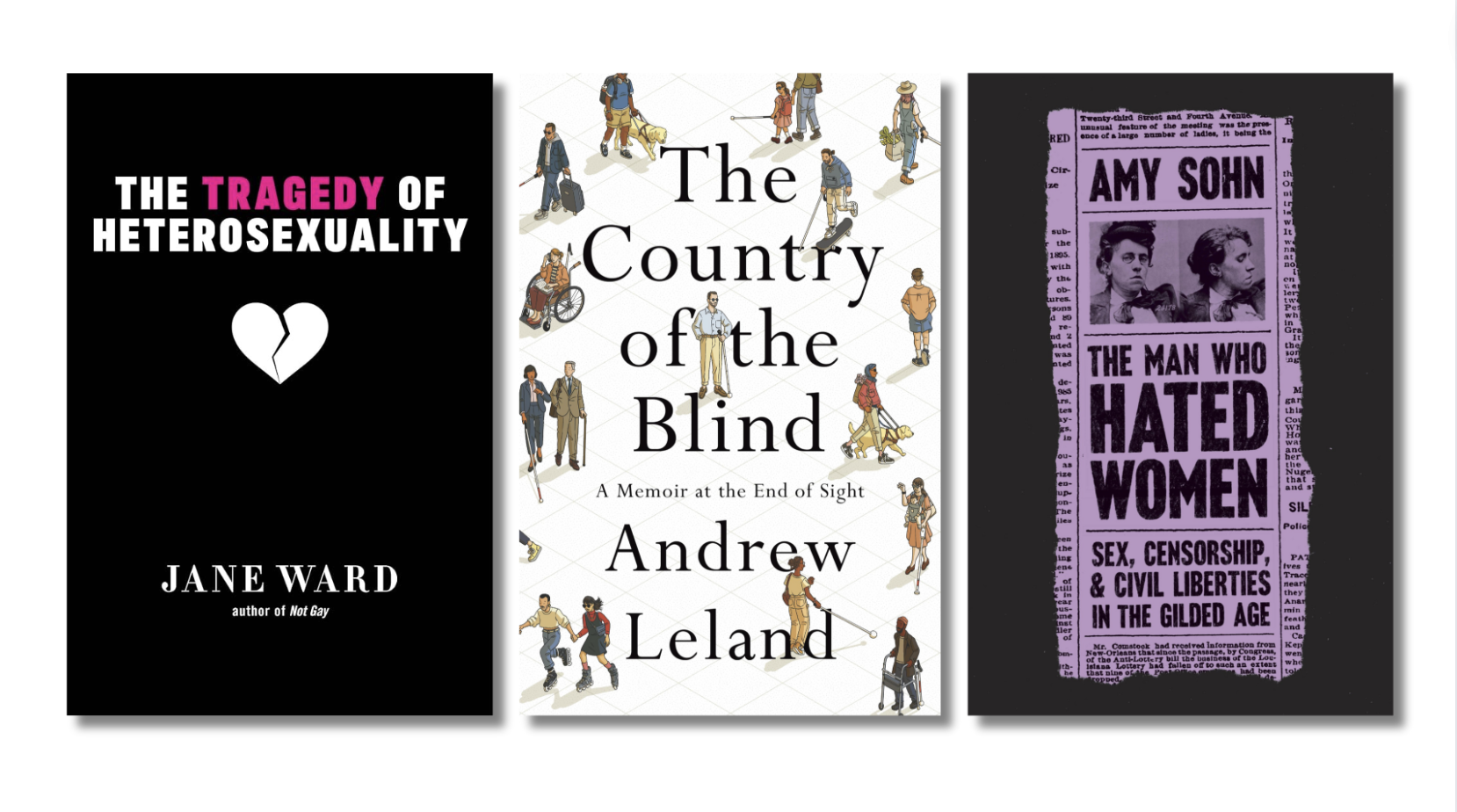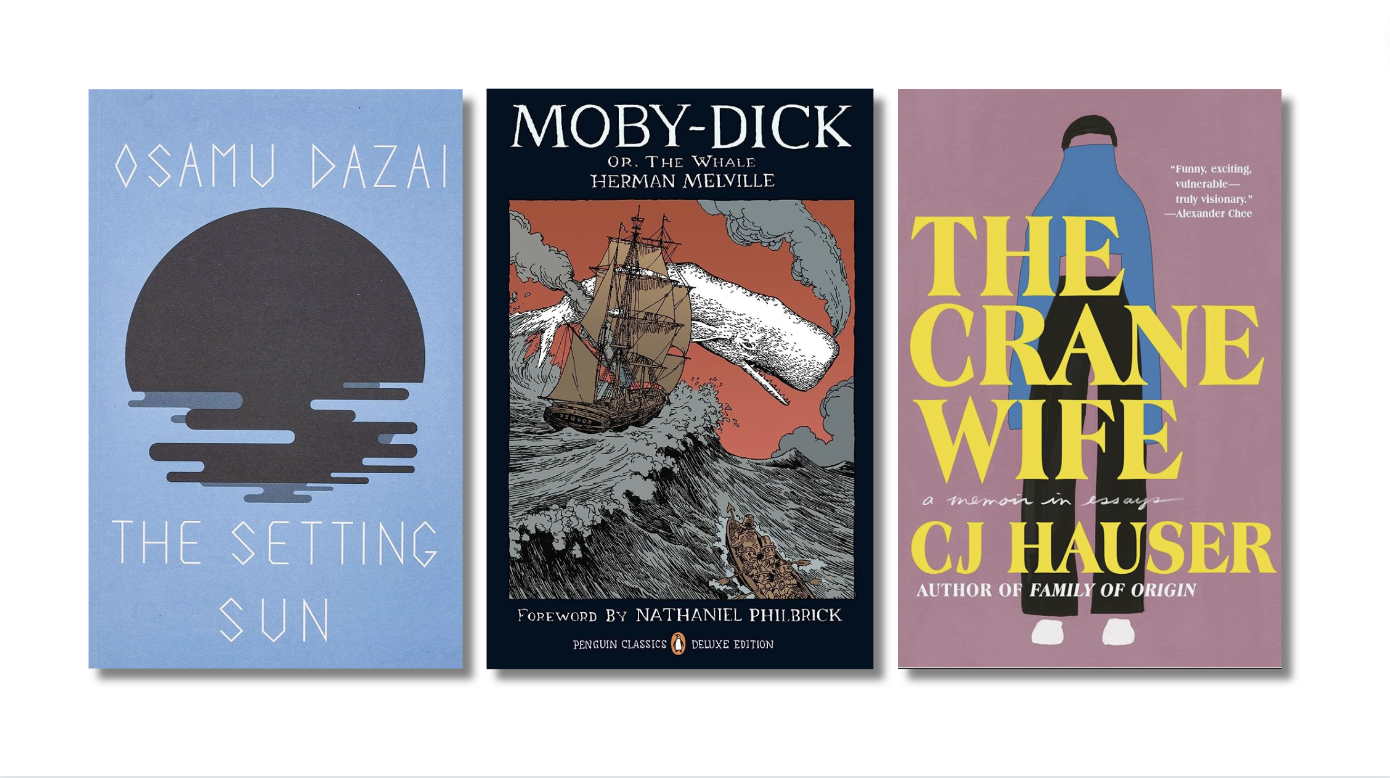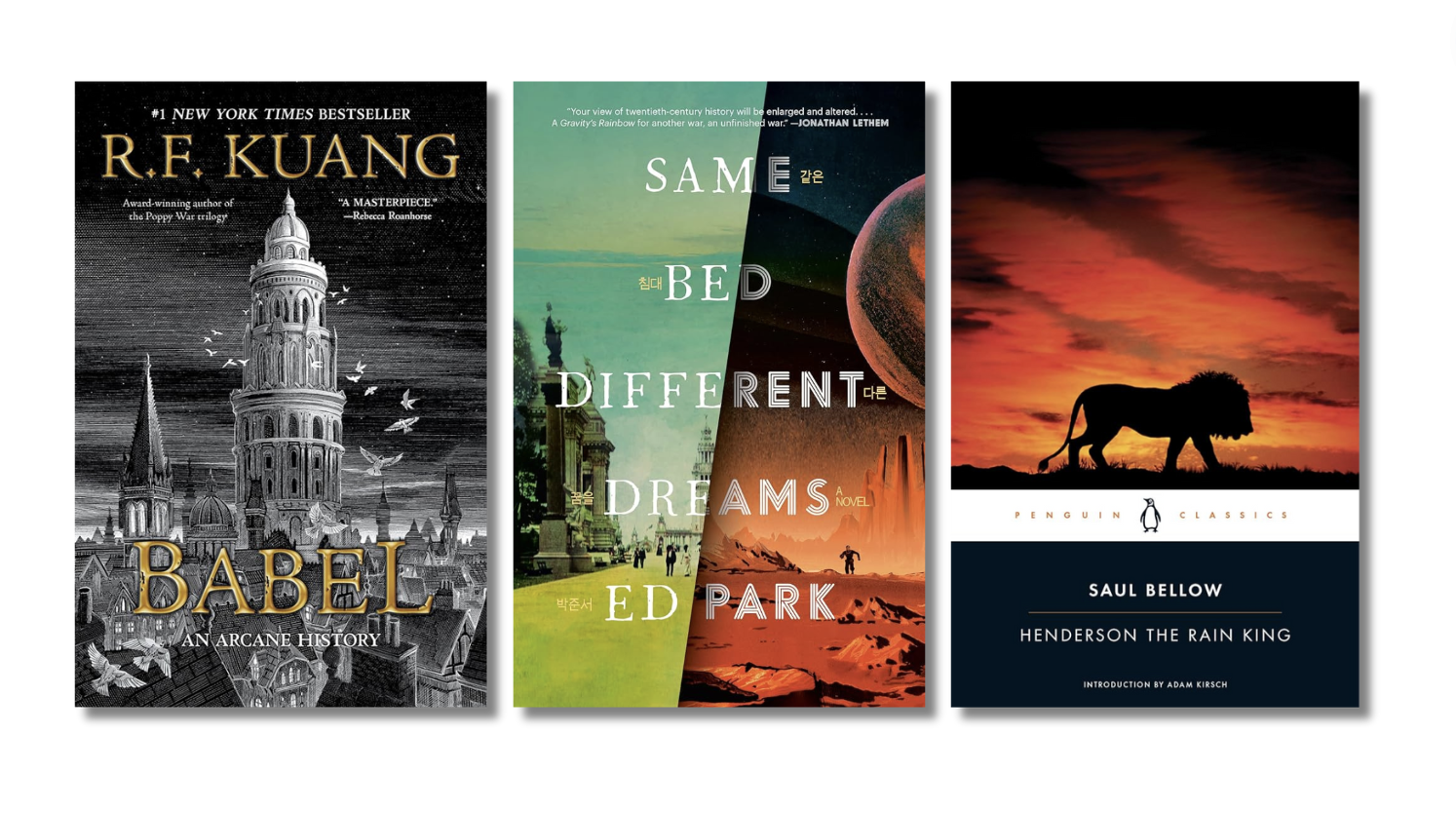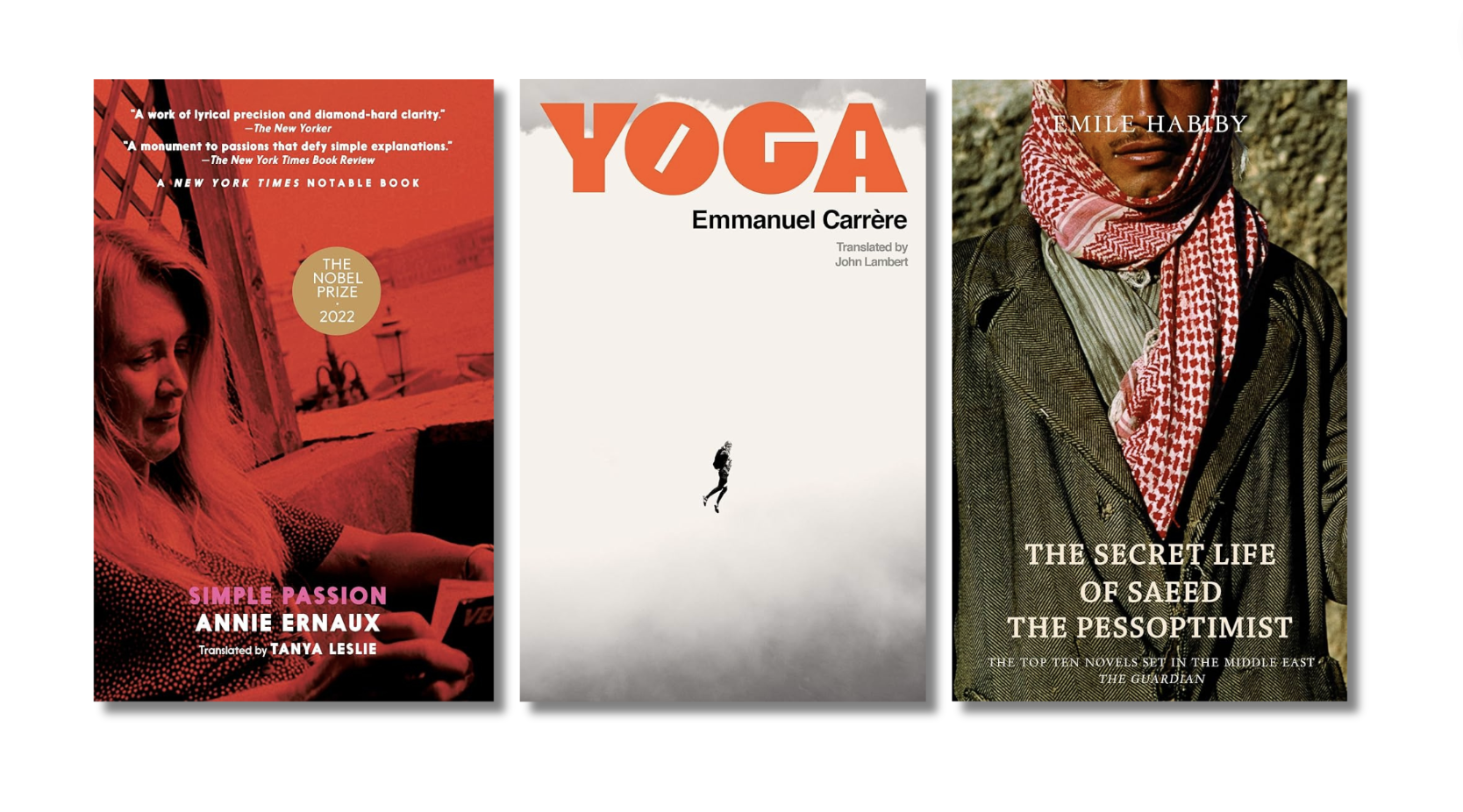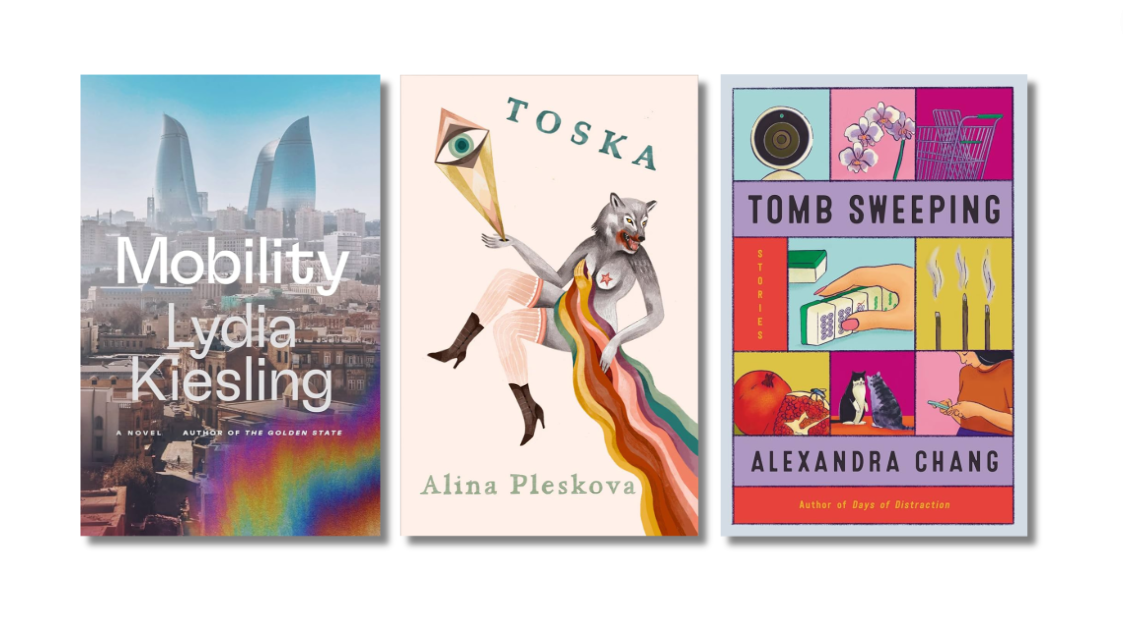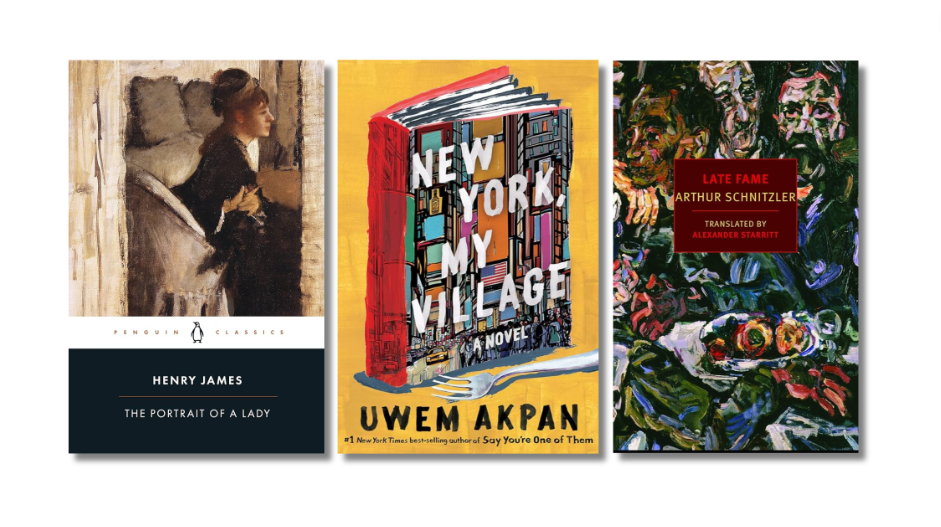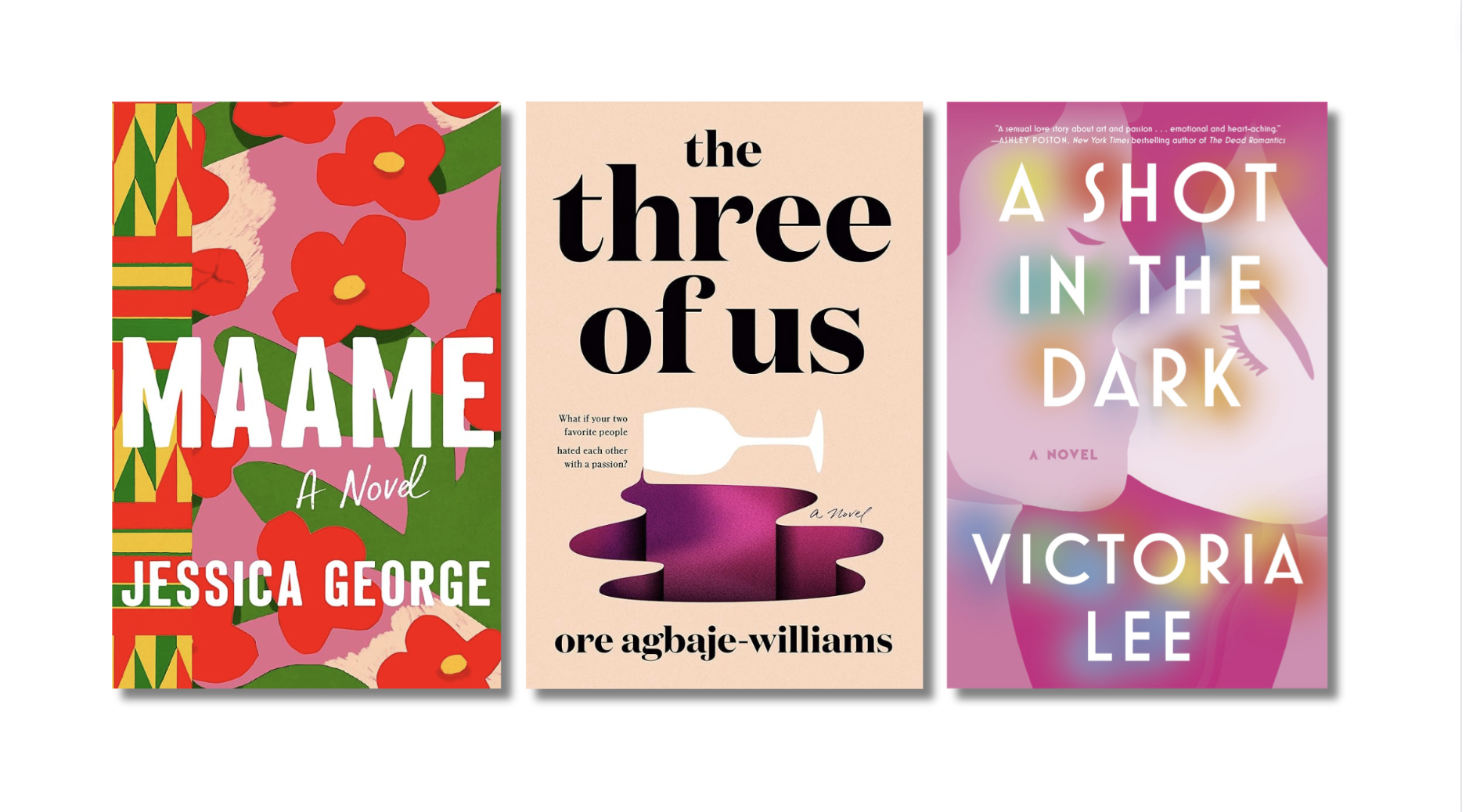

 During the first half of the year, I read poetry. While I stayed at Rachel McLeod Kaminer’s downtown loft, I picked up Patti Smith’s Early Work: 1970-1979 and Louise Mathias’s The Traps from her bookshelf, and later in the year, read Kaminer’s collection As in the Dark, Descend. In San Francisco, McSweeney’s editor Andi Winnette handed me Rebecca Lindenberg’s Love, an Index. Lindenberg’s partner went on a trip to research volcanoes in Japan and then disappeared. He never returned. She lost him and she wrote these poems. While in Connecticut, I read Gary Young’s Adversary and when I was back in California, I read Young’s Even So. I read Love Sonnets and Elegies by Louise Labé and I didn’t think I’d particularly enjoy love sonnets by a woman from the 16th century but I did. I liked reading her yearning. It made that kind of ache seem timeless.
During the first half of the year, I read poetry. While I stayed at Rachel McLeod Kaminer’s downtown loft, I picked up Patti Smith’s Early Work: 1970-1979 and Louise Mathias’s The Traps from her bookshelf, and later in the year, read Kaminer’s collection As in the Dark, Descend. In San Francisco, McSweeney’s editor Andi Winnette handed me Rebecca Lindenberg’s Love, an Index. Lindenberg’s partner went on a trip to research volcanoes in Japan and then disappeared. He never returned. She lost him and she wrote these poems. While in Connecticut, I read Gary Young’s Adversary and when I was back in California, I read Young’s Even So. I read Love Sonnets and Elegies by Louise Labé and I didn’t think I’d particularly enjoy love sonnets by a woman from the 16th century but I did. I liked reading her yearning. It made that kind of ache seem timeless.
 I spent hours late at night reading the manga Lone Wolf and Cub, a tale of violent revenge set in Japan’s Edo period. The lead character is a former shogun’s executioner who lives a life as an assassin and cares for his toddler-aged son. Father and son, together they travel the country, carrying out murders. As this 28-volume tale unfolds, the plot thickens and more becomes at stake, but I only read up to volume 13 because I became distracted by life. There is a strong likelihood that I will spend the second half of December fiendishly finishing this blood-filled story. Not only are the illustrations of the landscape beautiful and many of the lines read like poetry, but I’m slightly in love with this story.
I spent hours late at night reading the manga Lone Wolf and Cub, a tale of violent revenge set in Japan’s Edo period. The lead character is a former shogun’s executioner who lives a life as an assassin and cares for his toddler-aged son. Father and son, together they travel the country, carrying out murders. As this 28-volume tale unfolds, the plot thickens and more becomes at stake, but I only read up to volume 13 because I became distracted by life. There is a strong likelihood that I will spend the second half of December fiendishly finishing this blood-filled story. Not only are the illustrations of the landscape beautiful and many of the lines read like poetry, but I’m slightly in love with this story.
 I read What Becomes Us by my former professor Micah Perks. The language in this story is lively and reads fast, and the story centers on Evie who is pregnant with twins and leaves her abusive husband on the West Coast to start a new life on the East Coast. The town she moves to is community-oriented but also strange and a bit creepy. As Evie’s hunger for love, food, and more takes her over, she begins to have visions of historical figure Mary Rowlandson. During King Philip’s War, Mary Rowlandson was held captive and wrote a narrative about her experience; this captivity narrative was the first prose book published by a woman in the Americas. After I finished What Becomes Us, I read The Narrative of the Captivity and Restoration of Mrs. Mary Rowlandson.
I read What Becomes Us by my former professor Micah Perks. The language in this story is lively and reads fast, and the story centers on Evie who is pregnant with twins and leaves her abusive husband on the West Coast to start a new life on the East Coast. The town she moves to is community-oriented but also strange and a bit creepy. As Evie’s hunger for love, food, and more takes her over, she begins to have visions of historical figure Mary Rowlandson. During King Philip’s War, Mary Rowlandson was held captive and wrote a narrative about her experience; this captivity narrative was the first prose book published by a woman in the Americas. After I finished What Becomes Us, I read The Narrative of the Captivity and Restoration of Mrs. Mary Rowlandson.
 I read Natashia Deón’s critically acclaimed debut novel Grace, which is an epic novel that masterfully and keenly tells the story of Naomi and her daughter, Josey, as well as the stories of the men and women they encounter. All of Deón’s characters are alive and complex and her language is filled with rich images that delight, surprise, and many times hurt. Grace brings the history of slavery in the United States very close to the reader and in doing so, offers the reader space to imagine the dreams and visions of the people who lived this history, dreams and visions that people in power suppressed and tried to erase from our history and imagination.
I read Natashia Deón’s critically acclaimed debut novel Grace, which is an epic novel that masterfully and keenly tells the story of Naomi and her daughter, Josey, as well as the stories of the men and women they encounter. All of Deón’s characters are alive and complex and her language is filled with rich images that delight, surprise, and many times hurt. Grace brings the history of slavery in the United States very close to the reader and in doing so, offers the reader space to imagine the dreams and visions of the people who lived this history, dreams and visions that people in power suppressed and tried to erase from our history and imagination.
 In April, Viet Thanh Nguyen’s Nothing Ever Dies was published by Harvard University Press and the book was shortlisted for the National Book Award for nonfiction. Nguyen wrote a critical text that examines war and memory and forgetting, and this academic book is accessible to nonacademic readers. For years, I told myself I wasn’t smart enough to comprehend theoretical and academic texts, but after reading and line-editing Nugyen’s book, I realized that not only are some academic works accessible and comprehendible, but their analysis of relevant topics are crucial in helping me understand the world in which I live. I suppose I believe that if I fully understand power structures, then I can strategically fight against them.
In April, Viet Thanh Nguyen’s Nothing Ever Dies was published by Harvard University Press and the book was shortlisted for the National Book Award for nonfiction. Nguyen wrote a critical text that examines war and memory and forgetting, and this academic book is accessible to nonacademic readers. For years, I told myself I wasn’t smart enough to comprehend theoretical and academic texts, but after reading and line-editing Nugyen’s book, I realized that not only are some academic works accessible and comprehendible, but their analysis of relevant topics are crucial in helping me understand the world in which I live. I suppose I believe that if I fully understand power structures, then I can strategically fight against them.
 I read Claudia Rankine’s Citizen: An American Lyric and after I finished the book, I read interviews with her from 2014 and listened to recordings of her reading excerpts of Citizen. In September, she became a MacArthur Fellow and that same month in a Buzzfeed interview said, “As citizens, we’re being asked to be in collusion with the murder of black people, to not regard it as a state of emergency, and to continue in our normal course of business.” This year, she encouraged us as American citizens to acknowledge that we are in state of emergency. In October, I read headlines that she was using the MacArthur grant to study whiteness and that she stated, “It’s important that people begin to understand that whiteness is not inevitable, and that white dominance is not inevitable.” In 2017, I want to read books that help further the idea that both whiteness and white dominance are not inevitable, and I want to read books that help me understand how exactly we got to the place that we are in now.
I read Claudia Rankine’s Citizen: An American Lyric and after I finished the book, I read interviews with her from 2014 and listened to recordings of her reading excerpts of Citizen. In September, she became a MacArthur Fellow and that same month in a Buzzfeed interview said, “As citizens, we’re being asked to be in collusion with the murder of black people, to not regard it as a state of emergency, and to continue in our normal course of business.” This year, she encouraged us as American citizens to acknowledge that we are in state of emergency. In October, I read headlines that she was using the MacArthur grant to study whiteness and that she stated, “It’s important that people begin to understand that whiteness is not inevitable, and that white dominance is not inevitable.” In 2017, I want to read books that help further the idea that both whiteness and white dominance are not inevitable, and I want to read books that help me understand how exactly we got to the place that we are in now.
More from A Year in Reading 2016
Don’t miss: A Year in Reading 2015, 2014, 2013, 2012, 2011, 2010, 2009, 2008, 2007, 2006, 2005











